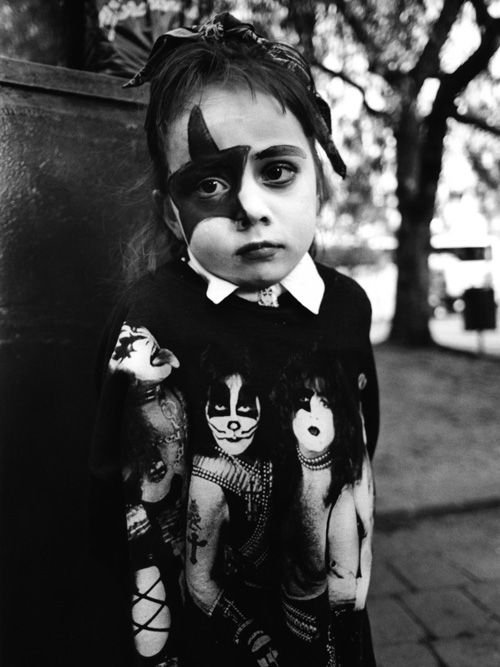In the previous post
Sex and fixation (Part 2)
I state the following
“Even more descriptive is the fantasy life of the person. These can be very useful diagnostically and this does not only refer to sexual fantasies. When interviewing a client I often ask the question: “What daydreams do you have?”. I do not use the word fantasy because people will often assume I mean sexual fantasy. In my question I am referring to all fantasies, sexual and non sexual, as they can be a rich source of diagnostic information.” (end quote)
Fantasy or day dreams are something that we are all capable of. The child’s ability to fantasise is seen to start quite early. Indeed a good part of childhood play involves fantasy of some kind.

Psychological development scales include the following in normal child development
30 - 42 months
Animates objects
Can play the role of a baby
Plays with imaginary objects
Plays with an imaginary animal
36 - 48 months
Impersonates an animal
Has imaginary friends
Personalises objects
5 - 10 years
Impersonates another person
Has an alter ego type of imaginary friend
From a child development point of view fantasy is of particular importance in the later childhood stage of development or what Freud would call the genital stage of development. In Transactional Analysis theory this is when the P1 aspect of the personality is forming.

If problems arise in this stage, the person grows up with this aspect of the personality not correctly forming, or a fixation to this stage develops. For instance the person may then use the defence mechanism of fantasy as a way to cope in adulthood or may become that type of person who spends a substantial portion of their life in fantasy or daydreaming as can be found sometimes with the schizoid personality.
In counselling children sometimes parents seek therapy with a child who is about 3, 4 or 5 years of age. They report concern for their child who seems to have suddenly developed a number of fears. It may be the bogey man, fear of the dark or witches, ghosts, or some one under their bed. The parent is concerned this is because something has happened to the child and it is now full of irrational fears.
This can certainly be the case. If the child has been bullied at school, there is marital disharmony at home or suffered some kind of trauma then there can be a sudden rise in such fears as just described. However if the child is about this age then it may not be that at all.

My imaginary friend did it
As the child grows the brain develops such that its fantasy life becomes more sophisticated. Around 4 years of age many children become capable of thinking up scary fantasies such as the bogey man. Prior to that the child was too ‘dumb’ to think up such fantasies and as a result did not have any fears of such things. Now the child has the neurological capability of thinking up such frightening fantasies they do, and thus they end up scaring self.
If this is the cause then one simply deals with the child in the usual way you would with any scared child. Provide the Nurturing Parent reassurance, comfort, caring and then the Adult ego state information. Look under the bed to see no one is there, provide information that ghosts don’t really exist and witches are things in movies and not in real life.
The problem some parents have is they do not understand the meaning of this for the child. If a child complains of the bogey man it is often seen as cute and funny by the parents and they forget the child is experiencing real anxiety and do not use the NP and A to deal with the child’s fears. This also may happen with a child who develops an imaginary friend. It is very easy to discount the child’s experience in such circumstances. An imaginary friend is again a very cute and funny childlike thing and thus the importance of the child’s ‘friend’ can be discounted by parents.

The P1 fantasy stage of child development has other interesting features. Along with the fantasy, it is a ‘Harry Potter”’ stage of development. Lilith and the demon subpersonality are also forming. More on this later.
Graffiti
My day dreams generally revolve around me performing a heroic but fatal deed.
ReplyDeleteI used to day-dream being a secret agent, or a fireman, or Lara Croft.
These days I am just me. This very morning I day-dreamed that I was at work, in a meeting and armed gun-men stormed in. They said they would release everyone if someone volunteered to play russian roulette. I volunteered. I looked them in the eye and said "come on then fuckers."
I fantasise aka day-dream, a lot.
In real life, people around me say I am courageous. I think I am and I am not. Sometimes I like to just plain put my head in the sand.
Maybe this links into my blog name and my avatar.
Kahless - a Klingon warrior
and a lion who maybe from the Wizard of Oz.
Hi Kahless,
ReplyDeleteThanks for that those are good examples. I might use them in a later post, I hope that is OK
Tony
It's ok.
ReplyDeleteYeah - I day dream alot
ReplyDeleteThat is a good thing Roses
ReplyDeleteTony